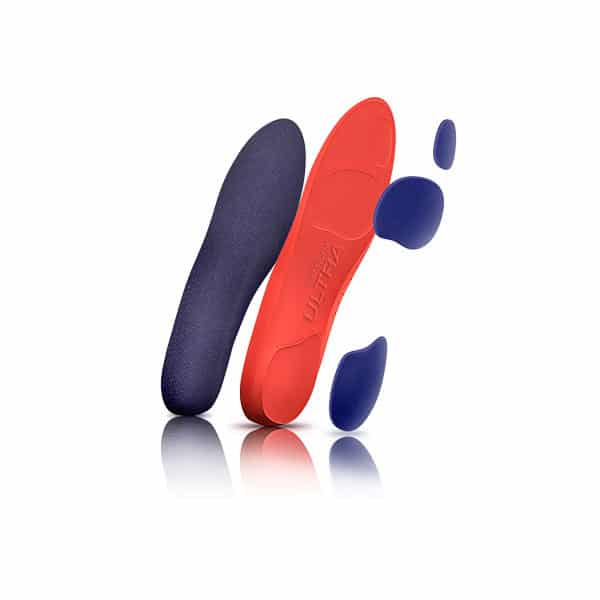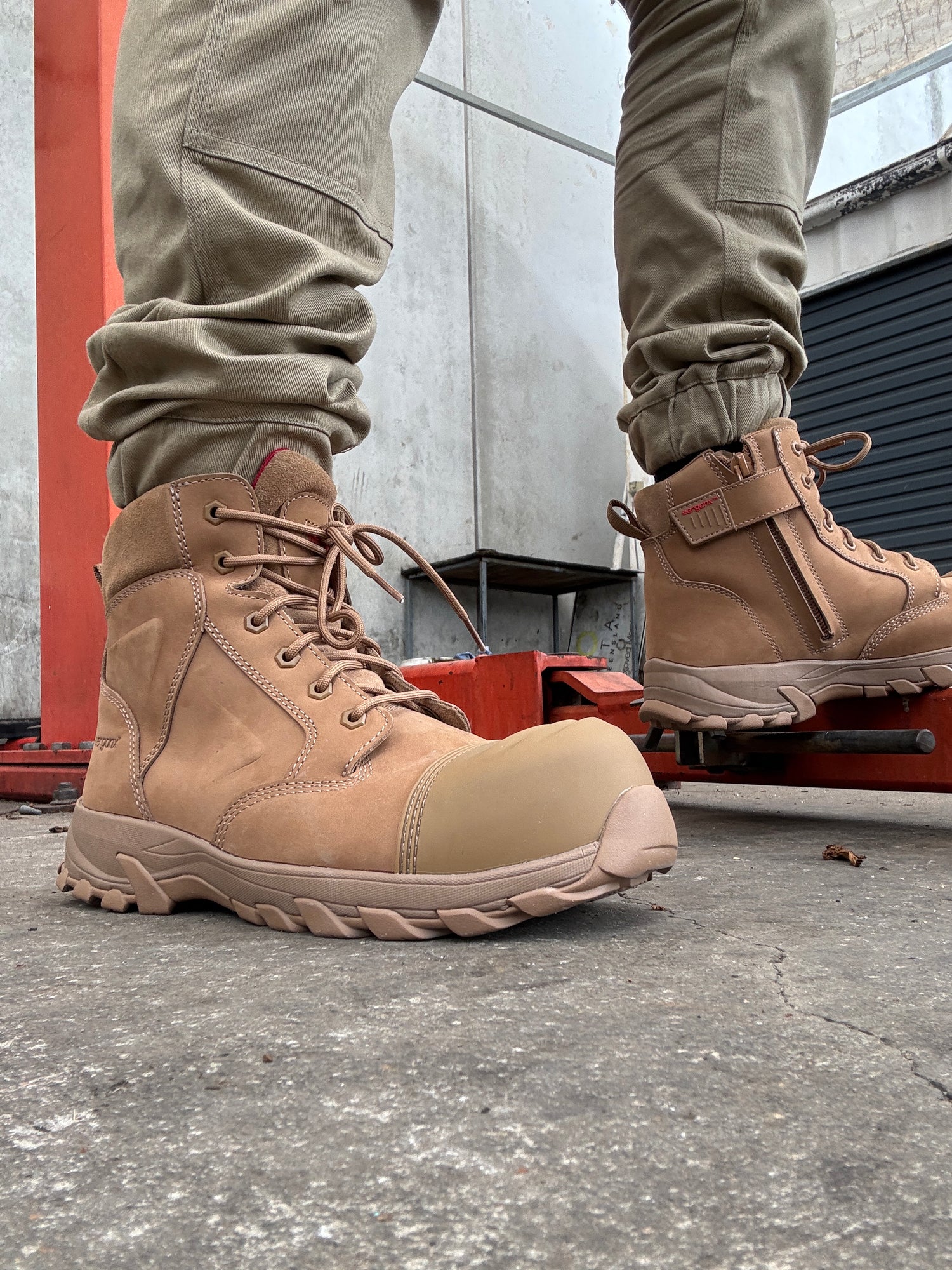Orthotics for Shin Splints – What Should They Do?
HOME / ORTHOTIC INSOLES / ORTHOTIC INSOLES FOR SHIN SPLINTS
Table of Content:
What are shin splints?
Shin splints (also termed medial tibial stress syndrome) are a group of conditions characterized by persistent discomfort along the front surface of the leg (the shin). This area is where the tibia (shin bone), one of the long bones of the lower leg, is located. In severe cases and without the proper treatment, a shin splint is a painful condition.
Patients with shin splints have described tenderness and pain, as well as swelling, along the shin bone. This pain worsens with exercise and repetitive movements. Those who participate in high-impact sports, such as runners and gymnasts, are at a higher risk of developing the condition.
It is important to address shin splints early on. At the start, they may only present with some mild aches and soreness. However, over time, inflammation occurs and your shin splint pain can worsen. You may even progress towards stress fractures.


What are some of the risk factors associated with developing shin splints?
You are at a higher risk of developing shin splints if you possess one or more of the following:
- You have flat feet (excessive pronation) or excessively high arches
- You increase your level of activity suddenly (e.g. in frequency, duration, or intensity)
- Your activities take place on uneven and/or hard surfaces
- You possess a muscle imbalance

How do you treat shin splints?
To obtain a proper diagnosis, your healthcare professional will examine your gait (walking pattern), and your exercise routine, and inquire about it. If you are a regular runner, they may also ask about your running technique and running shoes. For more serious conditions, such as a stress fracture, further medical testing, such as a bone scan, is needed to confirm.
Fortunately for shin splints, there are several treatment options that can help ease your shin splint pain.
- Ice your shins – Cooling your legs with ice can alleviate pain and reduce inflammation. We recommend icing your legs three times a day for the first three days in 10-minute timespans. It is especially important to adhere to this plan following any bouts of activity.
- Rest – You can prevent shin splints by changing up your exercise routine. Once you develop them, though, it is crucial to avoid any repetitive movements for about two weeks. Keep your activity levels to a minimum to give your lower legs some time to heal and reduce stress.

- Slowly reintegrate activity into your day-to-day – It is highly recommended for one recovering from shin splints to return to physical activity slowly and gradually. Wait until you are completely pain-free to begin training again.
- Wear supportive shoes – Proper structural support and cushioning help to stabilize the foot and prevent muscles and tendons from overworking. They are one of the easiest ways to keep your legs pain-free in the long run.
- Take anti-inflammatories – A health professional may prescribe anti-inflammatory medication aimed at lessening pain and lowering inflammation. It can help to speed up your recovery time.
- Orthotic inserts – Foot orthotics are shoe inserts that may be prescribed by your podiatrist to correct foot deformities (e.g. flat feet) that contribute to shin splint development. They are also employed to treat other conditions, such as plantar fasciitis and knee pain.

What should I look for in orthotics for shin splints?
Not all orthotics are made the same. There are prefabricated orthotics that you can buy over the counter, and there are also custom orthotics.

Ergonx Ultra Soft
$49.95 Price (in. GST)
VIEW DETAILS
Look for a pair of orthotics that provide an ample amount of arch support. Overpronation is one of the main drivers of shin splints as it causes the muscles and tendons of the leg to fatigue quickly and become strained. By preventing the foot from rolling in, your feet will be able to function more efficiently over long distances.



